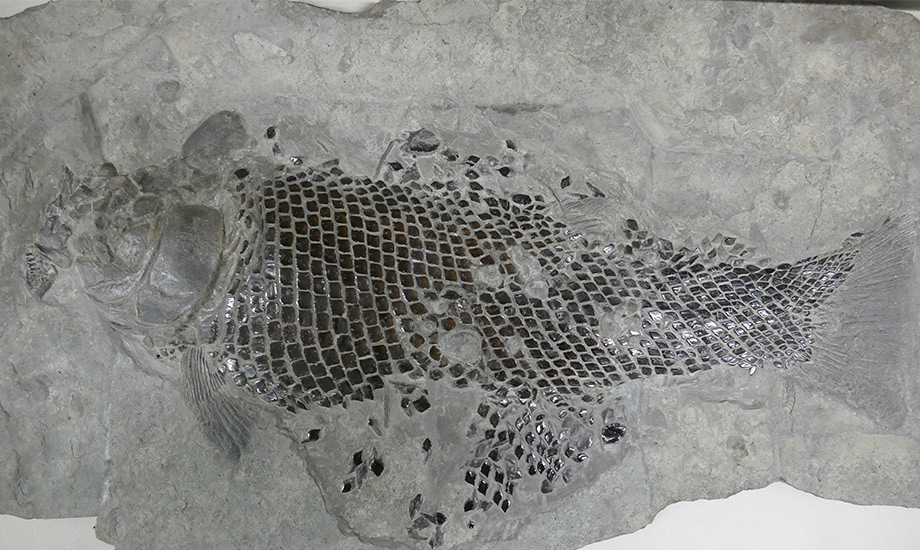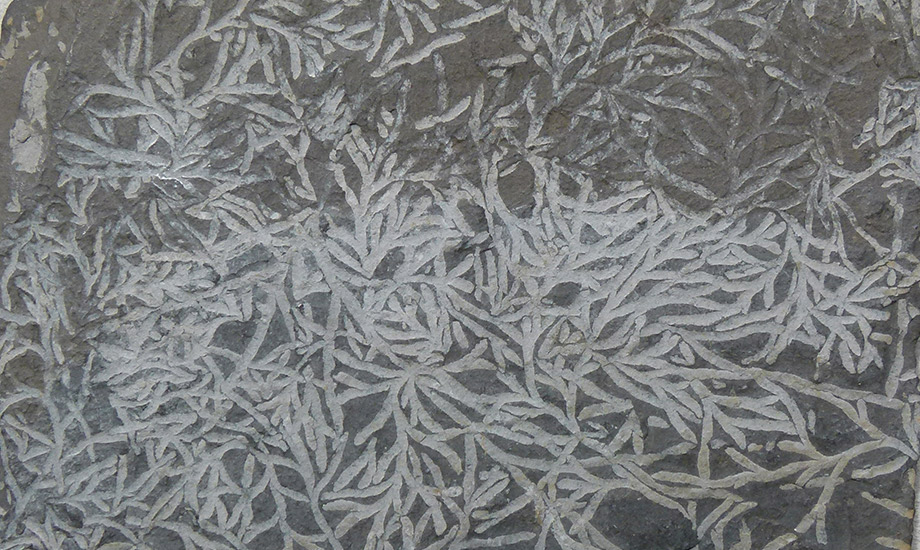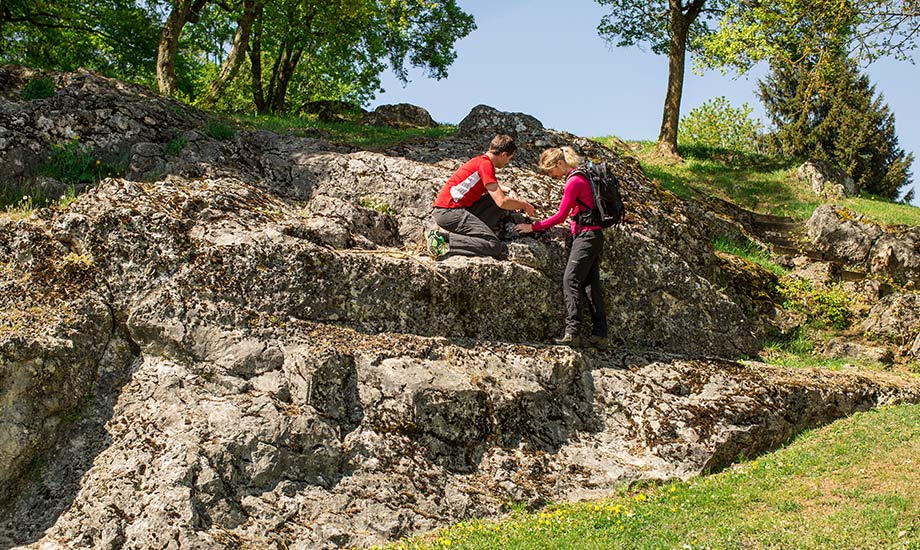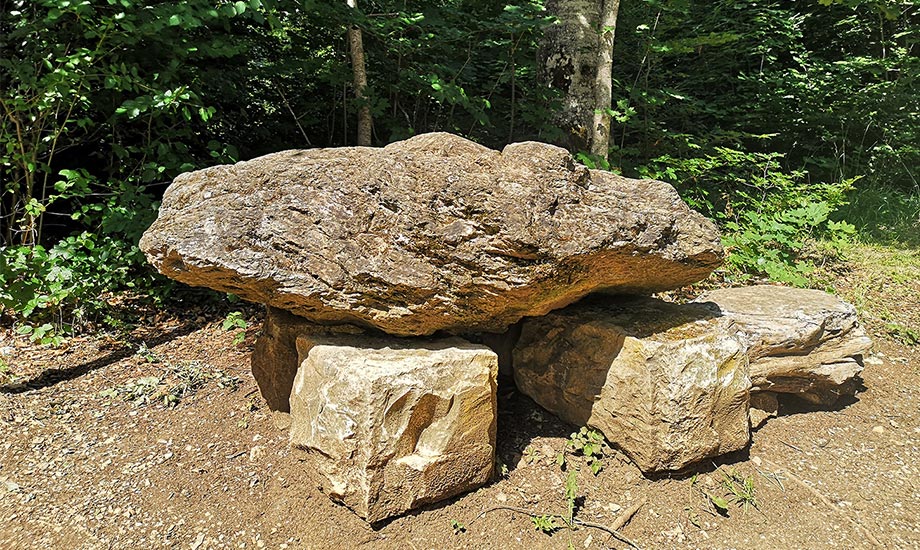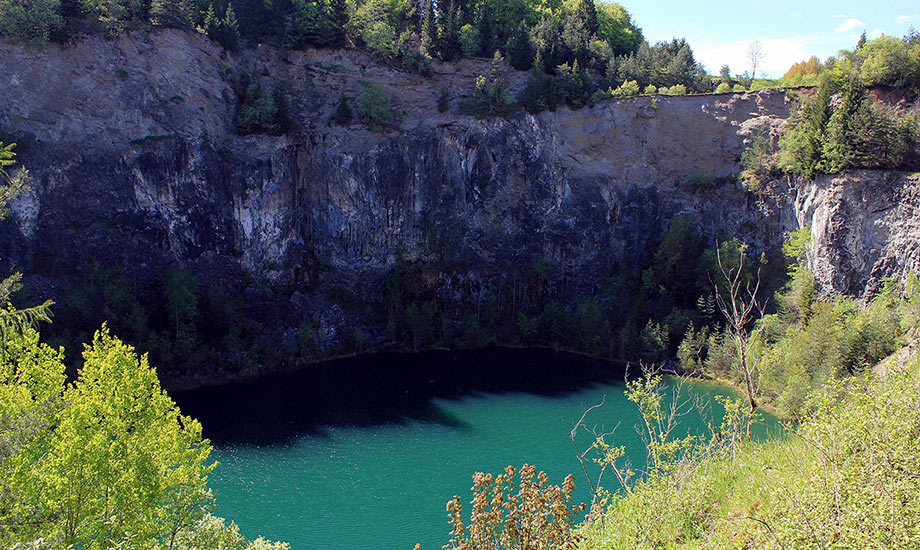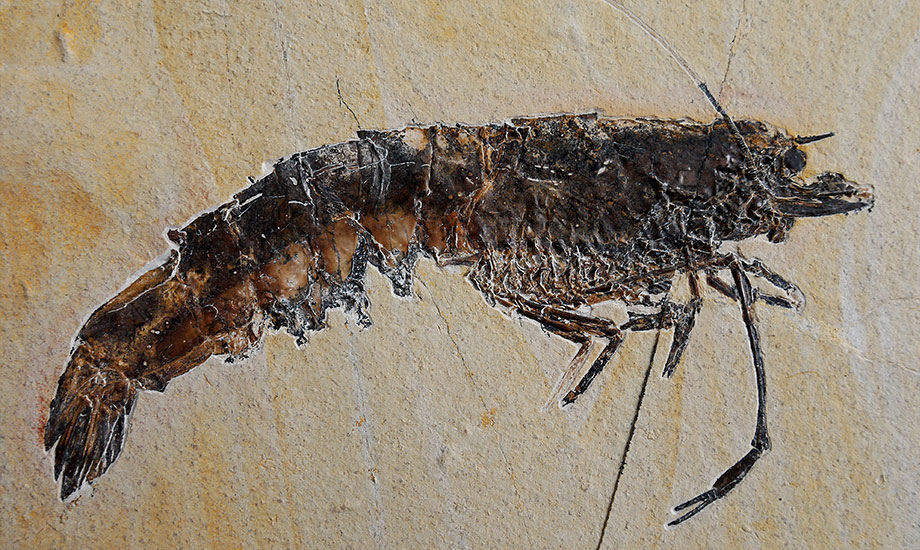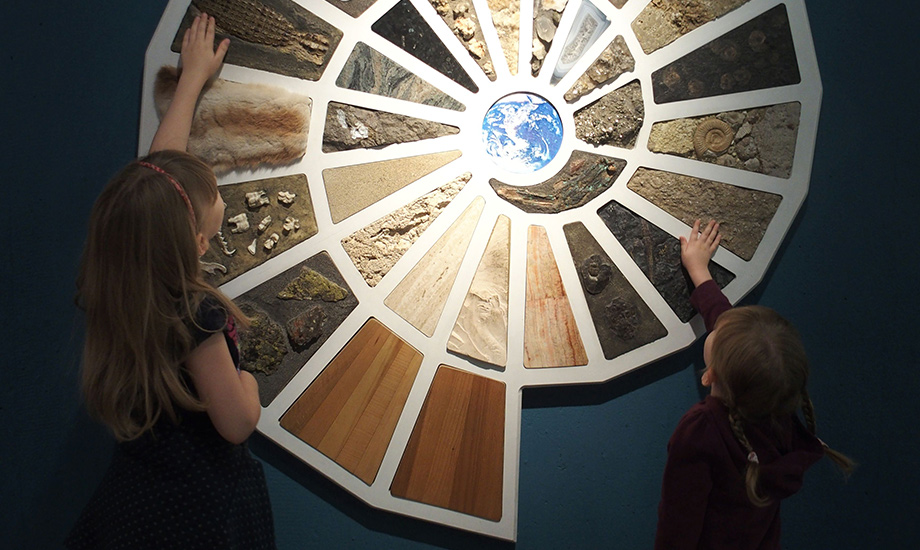Geo-logical: The present as key to the secrets of the past
The Scottish scientist James Hutton observed natural processes such as the transport of sediment or erosion by flowing water. He recognised that certain processes give rise to typical structures and forms and concluded that this was also the case in the past. Thus he discovered the geological principle of actualism.
For example, just as the discovery of a fossil fish is highly likely to indicate a past lake or sea, as the fossilised animals probably lived in a similar way to their relatives still living today, different sediment structures indicate certain depositional conditions. Since we can be observe at the sea that fine-grained mud is only deposited in places with little current, we can also presume that fine-grained limestones were probably formed under similar conditions. Rounded pebbles and sand grains in a sandstone indicate the transport in an ancient river.
Having this insight, we can consider rocks and fossils as messengers from the past, and the Swabian Alb as a book of the Earth's history written in stone. The Heldenfinger cliff is a fine example. We see at this rock formation a horizontal notch and numerous similar holes. Today, similar structures appear on the rocks of cliffs. They are often populated by hole-drilling shells, and the sea surf creates a remarkable surf notch. Assuming that this was also the case in the past, we can say that the Heldenfinger cliff still indicates today the coastline of the Molasse Sea, which disappeared millions of years ago.
